Are disengaged employees something your business worries about? Well, you’re not alone. Disengaged employees cost the UK economy approximately £340 billion per year and between $450-550 billion in the US. This factors in lost productivity, recruitment spend and more.
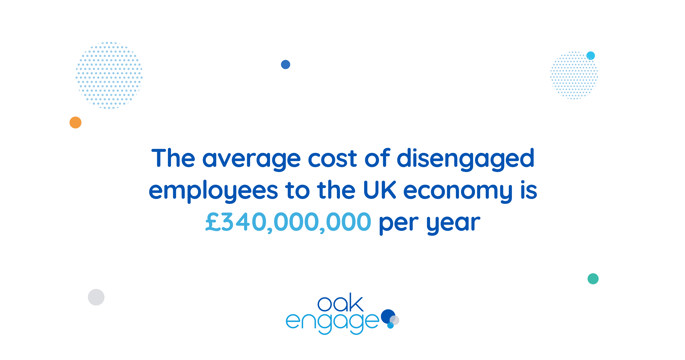
Disengagement is an epidemic in the vast majority of industries and has several causes. Being disengaged or disconnected isn’t something intrinsic within employees. It is largely down to their working environment and conditions. In its State Of The Global Workplace report, Gallup concludes that “85% of employees are not actively engaged or (are) actively disengaged at work.” This means that only 15% of employees are actively engaged.
On the other hand, engaged workforces boost productivity and impact a company's success. It is reported that an engaged workforce increases profitability by 23%.
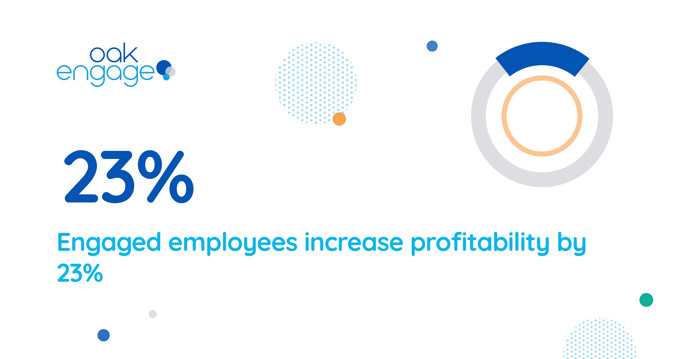
Our guide and videos will help you understand the common characteristics of disengaged employees. You will learn how to spot early signs of disengagement and prevent it.
This will include:
- What Does Employee Disengagement Mean?
- Reasons why Employees Become Disengaged
- How to Identify Disengaged Employees
- How to Handle Disengaged Employees
- How to Re-Engage Your Employees (Video)
- Practices to Avoid Disengaged Employees
- The Cost of Disengaged Employees
What does Employee Disengagement Mean?
Have you heard of bare minimum Mondays? Quiet quitting? These are all phenomenons that have gone viral, however it's a sign your employees are highly disengaged. The symptoms being a lack of effort, enthusiasm and output. Disengaged employees tend to have a negative attitude towards their work and your organisation.
Reasons Why Employees Become Disengaged
But how does this happen? There are several contributing factors that can disengage employees from their work.
It can be a gradual process where talented and motivated individuals can be worn down.
Some of the main reasons for employee disengagement are:
- Poor relationships - If employees don’t like or work well with members of their team they will naturally become disengaged.
- Lack of appreciation - 90% of employees work harder when they’ve received recognition. But a lack of it can leave them demoralised and undervalued.
- Lack of meaningful feedback - A lack of regular two-way feedback can create a disconnect between manager and employee, as well as missing opportunities to develop.
- No sense of purpose - If an employee does not understand how their role contributes to the goals of a business or themselves, they will feel devalued.
Recommended Reading 📖: 21 Employee Engagement Ideas That WORK
How to Identify Disengaged Employees
How do you identify disengaged employees? Here are three key-tell tale signs:
Poor Quality & Quantity of Work
Quality and Quantity of an employee's output can be a way to spot disengagement. Evaluating individual and team performance regularly will help to identify this earlier.
Comparing how productivity has changed over time can be a good indicator of employee engagement. This is particularly with members of staff who were previously productive.
Mood or Attitude Changes
If an employee's mood or attitude generally changes for the worst, this is a telltale sign. This can either be a product of their work situation or caused by personal matters.
Regardless, an unhappy employee is generally going to be disengaged. By regularly chatting to and observing your employees you may be able to see subtle changes in their behaviour. Even the most subtle of negative changes can point toward employee disengagement.
Changes to Routine
If you notice bad habits starting to creep into an employee's routine, this can be a sign of disengagement. Cutting corners or refusal to do certain tasks are characteristics to look out for in disengaged employees.
This can again be linked to the quality of their work or just noticing physical changes to the way they work. Choosing to deviate from their usual process can signify a change in their motivation.
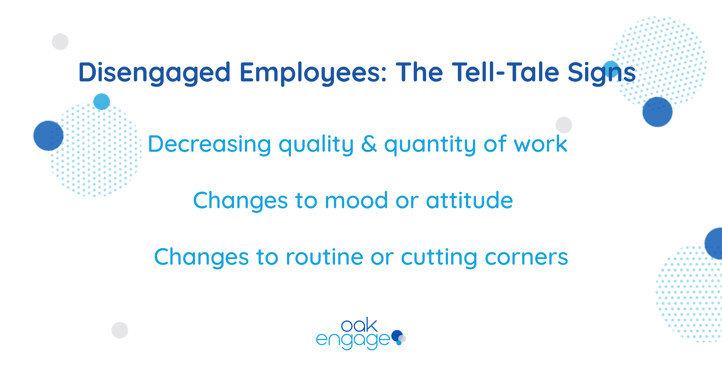
How to Handle Disengaged Employees
Be Tactful
Addressing the problem with hostility will make things worse. Even if their actions command disciplinary action, be mindful of being too critical.
Disengaged employees can often harbour lack of confidence in themselves or the organisation. This is where good management comes in. Disengagement is emotive, so be mindful of this or risk damaging their morale further. Approach with the necessary caution.
Acknowledge the Issue Immediately
Taking action early is key, but you need to be aware of the exact problem before you can do so. You may be able to spot signs of a disengaged employee, but do you know the whole story?
It may be a tough thing to address, but you must acknowledge something is wrong with the employee(s) and find out why. As much as you need to be tactful you also need to be direct in your questioning to find out the answer.
Welcome Feedback
Some disengaged employees may seem uninterested in their work. However, it can be born from frustration that they are not listened to or valued.
By providing spaces for anonymous feedback, they will feel more empowered and part of the conversation. Feeling valued often is something disengaged employees crave, even if their demeanour suggests otherwise.
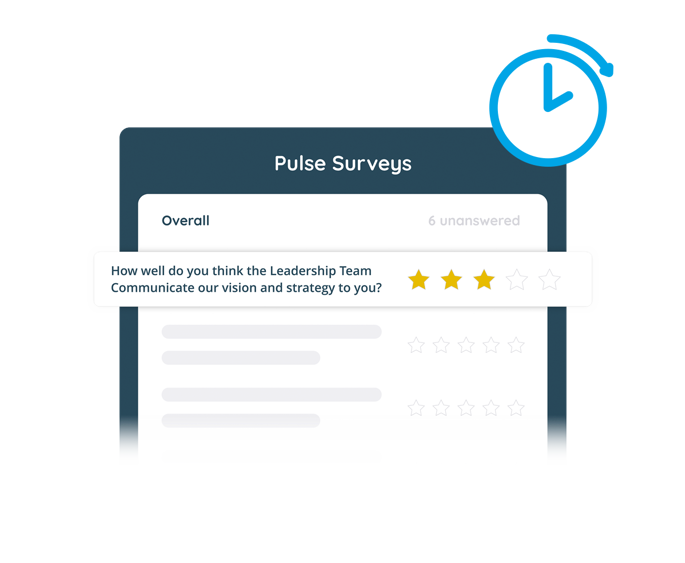
Arrange meetings or feedback surveys and allow them to show off their ideas and give their opinion on how things are done. Employees will feel their input is valued. Feeling valued often is something disengaged employees crave, even if their demeanour suggests otherwise.
Recommended Reading 📖:Pulse Surveys: A Beginner’s Guide
How to Re-Engage Your Employees
There are practical things you can put in place to re-engage your employees:
Set Short & Long-Term Goals
Employees may be disenchanted with their roles if they feel at a dead end in the career. By setting goals over set periods of time, you give employees something to work towards.
This can be in the form of personal or career aims that their work can help them achieve. By having this conversation you can help them to reevaluate and reengage.
Incentivise Good Work
Rewards are an investment. When you give them something tangible to work towards, you will see an improvement in engagement and performance.
It doesn’t have to cost the earth, it can be a free lunch, an award or anything that appeals. By rewarding your workers with incentives you will see a marked change in the motivation of your team.
Make Room for Fun
People like and are generally more engaged when they have friendships at work. It is important to encourage and facilitate socialising. By planning virtual or in-person events you can bring the fun back into work.
57% of employees said that having a friend at work made their job more enjoyable. Foster friendships in the workplace by developing a social aspect of the job.
Struggling with ways to create a more fun environment? Take a look at our Employee Engagement Ideas blog for practical tips.
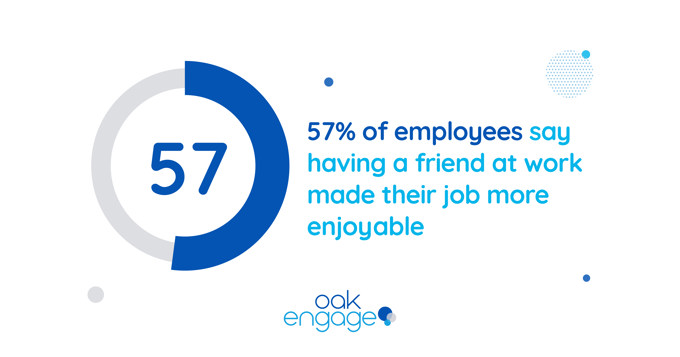
Celebrate Your Employees
72% of business leaders say recognition has a significant impact on employee engagement. This can be something as simple as a message or a post to your intranet news feed. It can also be as significant as a bonus or a promotion.
Public recognition also gives added motivation not only for the recipient but also those around them. They will look to replicate by producing the work to get the recognition on offer.
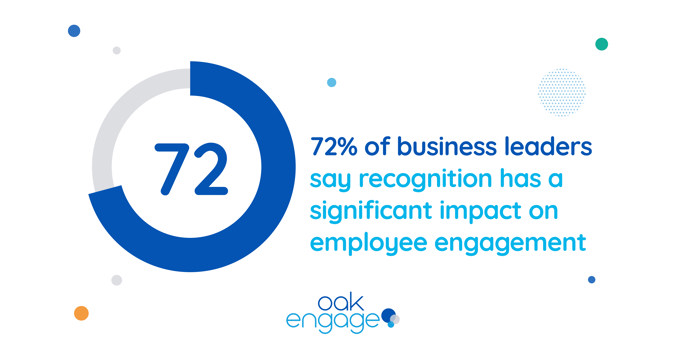
Offer Flexibility
Life circumstances change, so be mindful of this impacting work. Disengagement can often be an overlap of work and life.
Having a flexible working approach will help employees to achieve better balance and relieve stress. Things like working from home one day per week, or leaving early for the school run can help them to work effectively.
Create a Clear Personal Development Plan
Creating a personalised development plan shows employees that you are invested in them. By consulting them in their own progression you find out their aspirations. Use these to mould a plan that will motivate them to succeed and achieve their aims.
It also shows a degree of faith from the organisation in the employee, helping to foster a stronger connection.
Practices to Avoid With Disengaged Employees
We’ve had the do's now lets look at the dont's.
Ignore the Issue & Be Distant
Disengagement is not a problem that will go away on its own. It is something that must be addressed by management in an open and honest manner. 68% of employees would consider leaving their role if they didn’t feel supported by more senior employees. Part of being supportive is acknowledging when something isn’t right and coming up with a plan to fix it. A lack of communication will only exacerbate the problem.
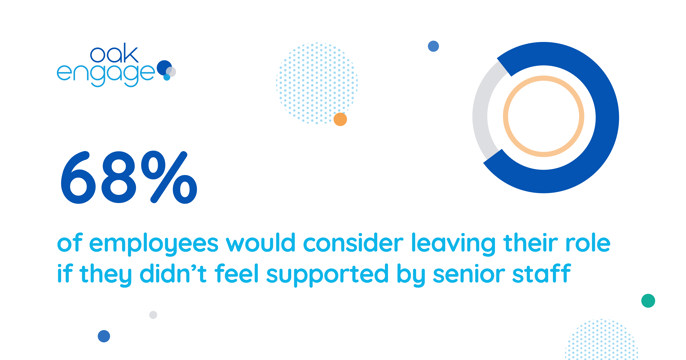
Preaching Work-Life Balance But Not Practising
Burnout is one of the main causes of disengagement. It leads to increased absences, lower productivity and more. A boss must lead by example in this regard. Of course there are exceptions. But, not taking annual leave, constant weekend emails and inflated hours will set a standard. Not only will this help you avoid burnout, but your employees will follow your lead.
Not Setting Expectations
With unclear or erratic expectations, disengaged employees will continue to go through the motions. Objectives need to be clearly communicated or they won’t be aware of what defines their success. If they have no idea what constitutes a good day's work, then why would they refocus or try harder?
The Cost of Disengaged Employees
It can be tricky to calculate the specific cost for your business.
Our Employee Engagement ROI calculator will show just that. This is based upon average salaries and size of the workforce.
Figures based on research conducted by Gallup




